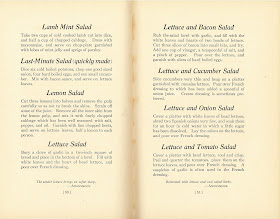Cooper grew 50,000 young trees at his
home “Ellwood” and lauds their fast growth and height. Cooper
calls them “Fever Trees” and suggests they “possess qualities which place
it transcendentally above all other plants; … rendering localities healthy in which
to sleep a single night was almost certain death. Useful in all the
Mechanical Arts and in the industrial purposes of life. Large trees can
be grown in a few years.” He seems to subscribe to the miasma theory of
disease when proposing Eucalypti as healing agents.
While these trees were found useful by California farmers
and ranchers who used them as windbreaks (you can still see them as you drive
down Highway 101), perhaps not so much by the Southern Pacific which wanted
cheap wood for railroad ties. Cooper's book has an
evangelical tone familiar to American readers in the late nineteenth century
when Nature was bent to man’s hand through science. Many such
well-intentioned attempts have backfired since those days and left us with
present controversies.
Will Murdoch
Cataloger















